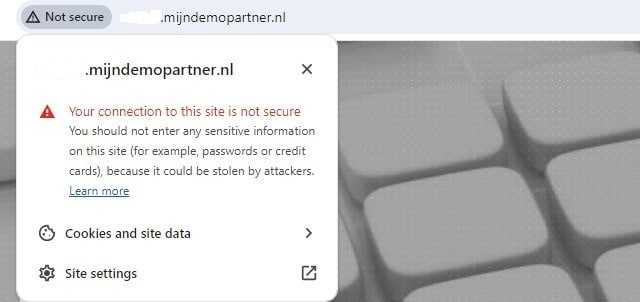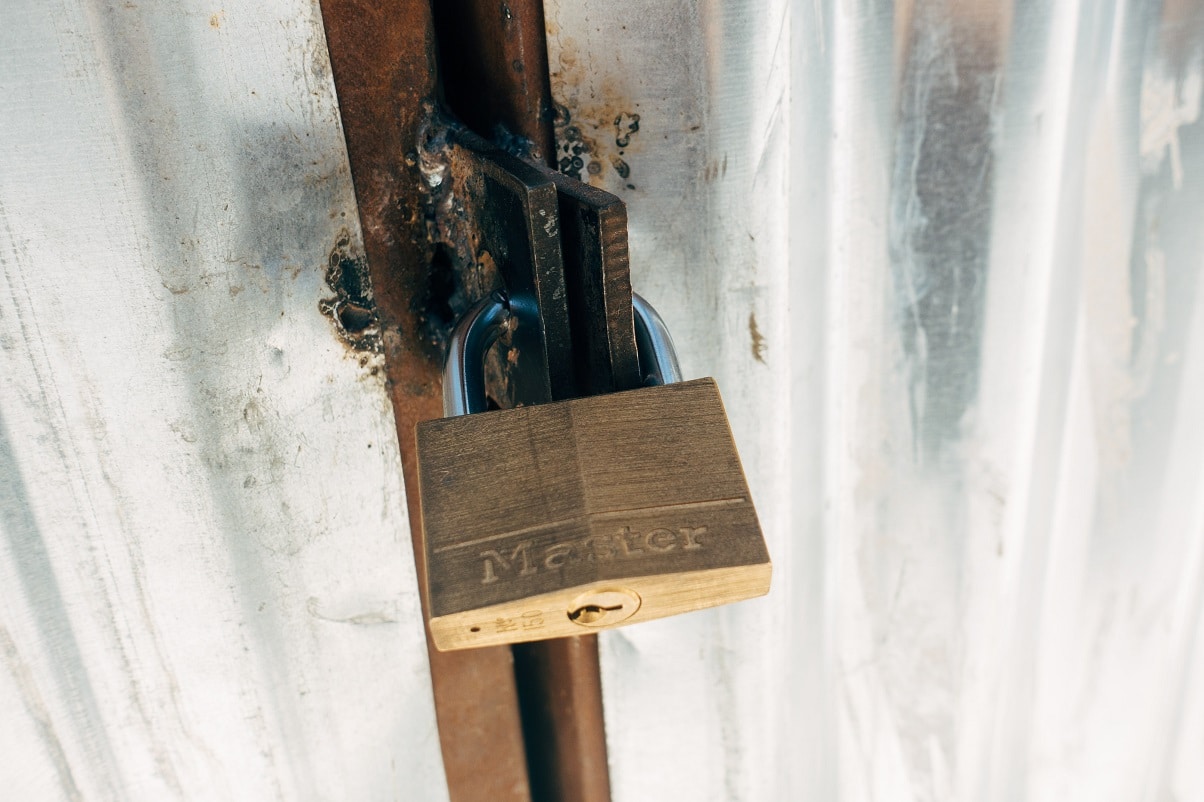No more SSL blocking in the Google Chrome browser bar
With the latest update, Google Chrome no longer displays the familiar lock in the browser bar. As a visitor to a website, you will no longer see the familiar icon that confirms to the visitor that the connection is secure. In this blog post, we want to look at what this means and what it could mean for your website.
The use of SSL is increasing
For years, the use of SSL/TLS has been steadily increasing on the internet. These security protocols have become essential to protect data during transmission between a web server and a browser. In the past, the green lock in the address bar of Google Chrome was a reassuring sign for visitors. It symbolized a secure connection and conveyed a sense of trust when visiting websites. Especially in the case of web stores. This was also advertised and educated for years through government initiatives. People were encouraged to look for the green lock before making a purchase.
With the latest update of Google Chrome, however, this has changed. The iconic lock is no longer visible in the browser bar by default. This means that users will no longer see the visual confirmation sign telling them that the connection is secure. But what does this actually mean for your website? Your website in Google Chrome will look like this:

You won't be able to see that the connection is secure until you click on the sign. If your website does not yet use an SSL certificate, you will see the following in Google Chrome:

In this case, this will still be prominently displayed, indicating that your website is not secure.
The initial prominence and display of SSL/TLS is therefore decreasing, but this does not mean that security has become less important. On the contrary, switching to an encrypted connection is still crucial for data protection, especially as privacy and security on the Internet become more and more of a focus.
SSL certificates from Lets Encrypt
One of the positive developments is the emergence of free SSL certificates. Services such as Let's Encrypt have made the purchase of SSL certificates accessible to everyone. This has lowered the threshold for websites of all sizes to offer their visitors a secure connection, without the previous cost barrier.
If you haven't yet made the switch to a secure connection with an SSL certificate, now more than ever is the time to do so. Plan to implement it this year to ensure your website meets today's security standards and maintains the trust of your visitors.
Advantages of a paid SSL certificate
While free SSL certificates are a good option, paid SSL certificates also offer additional benefits. These paid certificates often come with more extensive verification processes and guarantees, so they provide more trust and credibility for your website. Furthermore, some paid certificates may offer additional features, such as extended validation (EV), where your company's name is displayed in the certificate, which can provide an extra level of trust to your visitors.
It's important to weigh up the pros and cons of both free and paid SSL certificates and choose the one that best suits the needs of your website and the trust you want to build with your visitors.
In short, even if the visible lock in Google Chrome's browser bar disappears, the need for a secure connection via SSL/TLS remains essential for any website. It has become an essential part of a responsible online presence that focuses on protecting data and building trust with your visitors.
